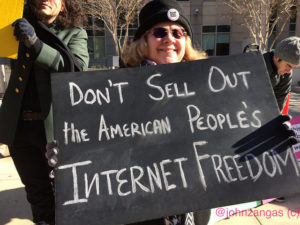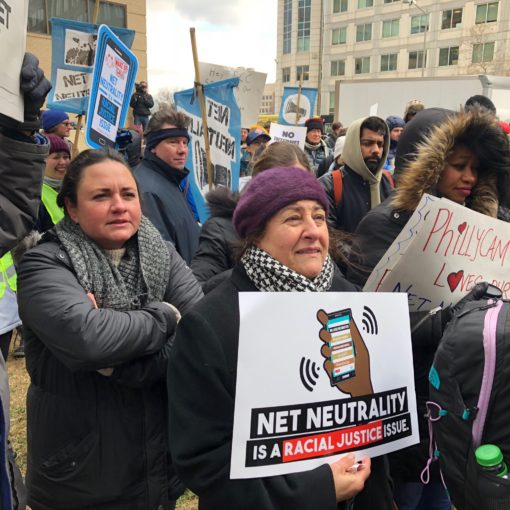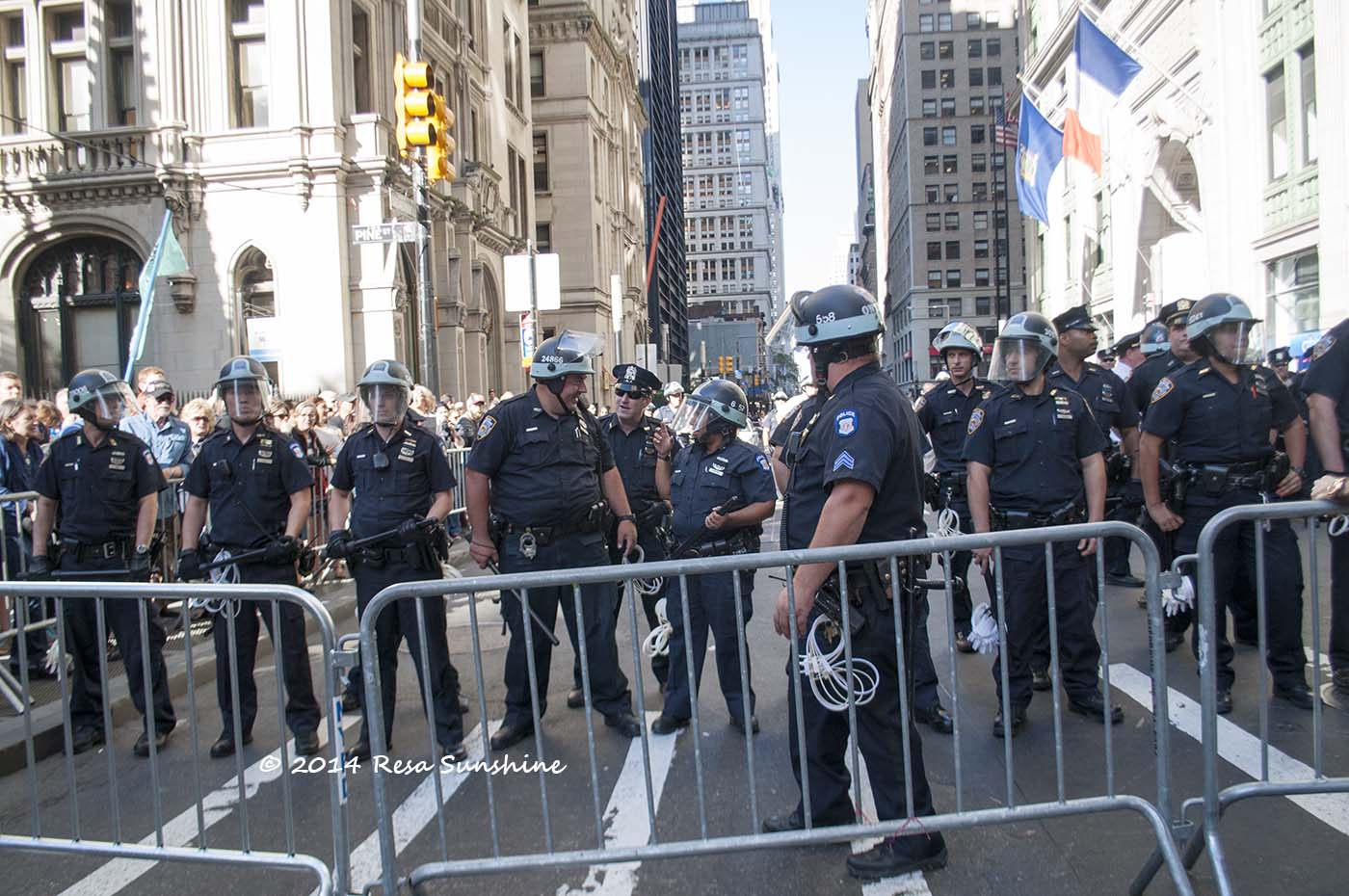 The fight for a free and open Internet gained new hope this week as Senators met a critical threshold under the Congressional Review Act (CRA) to force a vote on last month’s rule change by the FCC. The Senate will vote within 60 legislative days on whether to vacate an FCC decision to scrap common carrier status and give full control of the Internet to the big telecoms.
The fight for a free and open Internet gained new hope this week as Senators met a critical threshold under the Congressional Review Act (CRA) to force a vote on last month’s rule change by the FCC. The Senate will vote within 60 legislative days on whether to vacate an FCC decision to scrap common carrier status and give full control of the Internet to the big telecoms.
Internet support groups say the CRA holds out hope for the Internet to remain in the public domain, but in order to help see it through, constituents must contact their U.S. Senators and urge them to support the CRA to overturn the Net Neutrality vote.
The Internet had been classified as a public utility under Title II of the Telecommunications Act of 1934 until the FCC voted 3-2 on December 14 to deregulate it. The FCC subsequently published new rules reclassifying it as an “information service,” so it could justify handing control of it to the telecoms.
The fight over Net Neutrality has far-reaching implications for free speech, small and large businesses, web entrepreneurs, Internet-dependent services and transactions, independent media, and for virtually every consumer dependent on it for electronic communications and purchases.
The Congressional Review Act Process
The CRA serves as a pressure valve built into the legislative process. It gives Congress an option to revoke any federal regulation passed by a government agency. The GOP-led House of Representatives enacted it in 1996 when Newt Gingrich was Speaker of the House. President Clinton signed it into law, but it has been invoked only two times.
The CRA limits debate time and precludes a filibuster so an up-or-down vote is guaranteed to take place. It also precludes partial approval and amendments, so it is an all-or-nothing procedure.
For the CRA procedure to be initiated, thirty Senators had to support the measure. So far, over 40 Senators had already signed the joint resolution of disapproval, including one Republican, Sen. Susan Collins (R-ME). And the number of signers is expected to increase. Once the petition was formally submitted to the Senate Commerce Subcommittee on the Internet, the subcommittee can discharge (approve) the resolution.
Any Senator can then make a motion to proceed for consideration in the Senate. This starts a 60-day clock. Legislative days are counted as the days Congress is in session, so the CRA process could extend past two months, and possibly up to four months, before the Senate must vote on the resolution. If the Senate votes by majority to overturn the FCC Internet rules, then the House must consider it.
Political Fallout
The House is where the most political pressure can be brought to bear. There are already 31 Republicans who have announced they will not defend their seats in November. Nineteen will retire, and twelve will seek positions elsewhere. This year could see numerous Republican seats replaced by Democrats in the House, a turnover not seen since the House changed to GOP control in 1994.
 A down vote majority against the resolution in either the Senate or the House would be burdensome to the GOP in this election year, because overturning Internet freedom has unprecedented unpopularity with Americans. A recent poll conducted by the School of Public Policy at the University of Maryland showed that 83% of Americans support Net Neutrality with 75% of Republicans, 86% of Independents and 89% of Democrats supporting it. The overwhelming national support for Net Neutrality means that any Congressional leaders who vote against the CRA could face constituent backlash at the polls in November.
A down vote majority against the resolution in either the Senate or the House would be burdensome to the GOP in this election year, because overturning Internet freedom has unprecedented unpopularity with Americans. A recent poll conducted by the School of Public Policy at the University of Maryland showed that 83% of Americans support Net Neutrality with 75% of Republicans, 86% of Independents and 89% of Democrats supporting it. The overwhelming national support for Net Neutrality means that any Congressional leaders who vote against the CRA could face constituent backlash at the polls in November.
If the CRA succeeds in Congress, it would then be sent to the president for his signature. If he vetoes it, both the House and the Senate need a two-thirds super-majority to overturn his veto.
While revoking the new FCC information service classification is an uphill battle, the vote will at minimum expose which members of Congress stand against Net Neutrality, and this would put even more pressure on the GOP majority in both Houses come November.
If the CRA procedure prevails in stopping the FCC rule change, then Title II of the Telecommunications Act will be restored to its original language. The CRA also provides that the FCC cannot submit another rule change similar to that which was rejected. This would in practice enshrine Internet freedom for some time to come.
If the CRA procedure fails, there are several notable lawsuits which have been filed by Internet watchdog groups. These are likely to tie up implementation of the new FCC Internet rules through all of 2018 and into 2019.
In order to contact Congress, Fight For The Future has created a website to make it easier.





